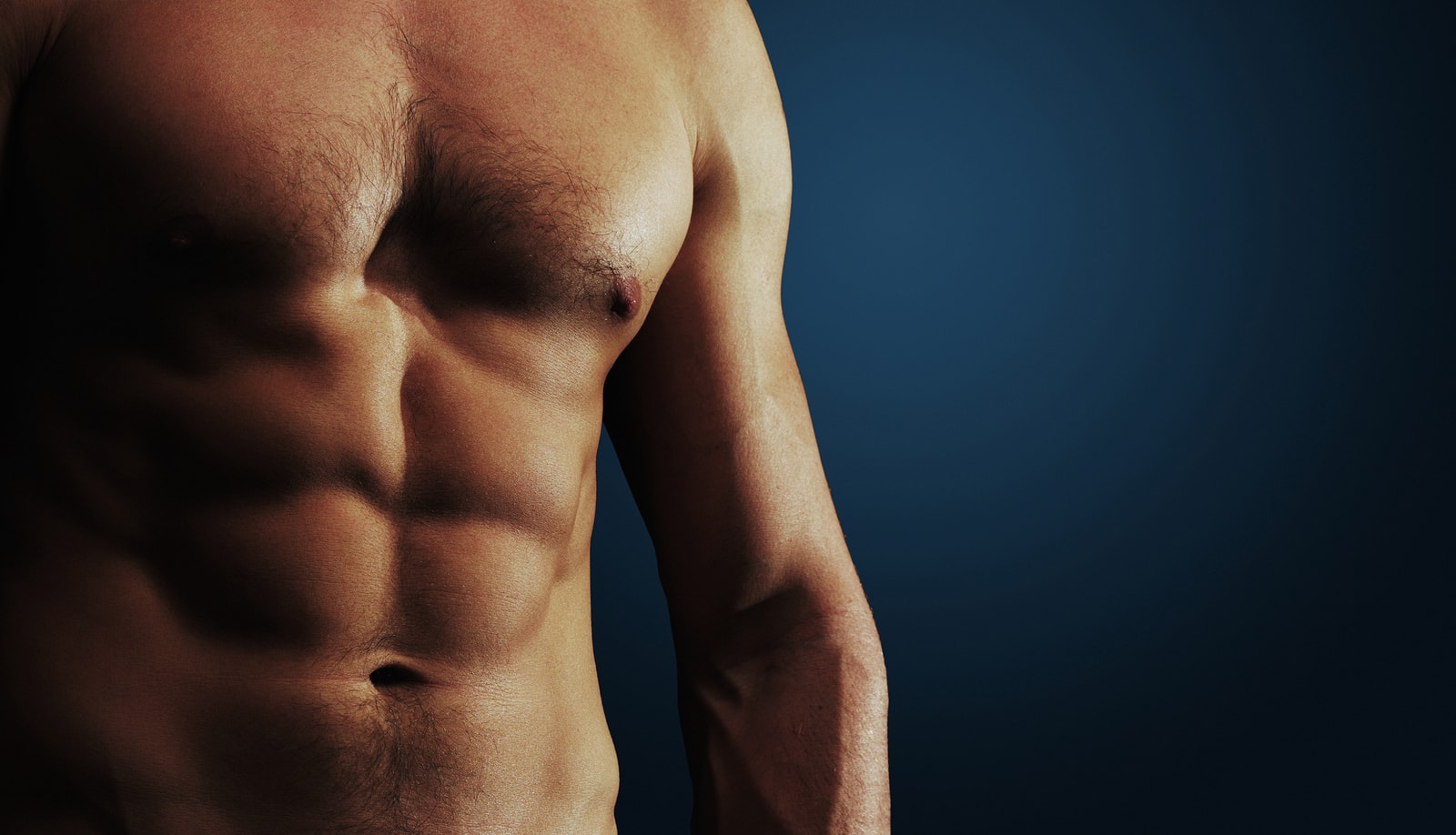
Abdominal etching, which is also referred to as ab etching or liposculpture, is a cosmetic procedure used to gain better contour of the abdomen. Abdominal etching is a micro liposuction technique which helps to develop more visible muscular definition for the male torso (as opposed to simply removing fat). Since this type of treatment is a body contouring procedure, it is designed for patients who are relatively fit but desire a leaner and chiseled abdominal appearance.
A GOOD CANDIDATE for abdominal etching includes:
The following patients are NOT GOOD CANDIDATES for ab etching:
Abdominal etching is usually performed on an outpatient basis and generally takes less than an hour to complete. The surgery can be performed under local or general anesthesia. Prior to the procedure, the surgeon will mark the outline of the patient’s abdominal muscles to serve as a guide during the surgery. The surgeon will make small incisions in the belly button or along the natural creases on the abdomen. The incisions are very small and typically less than a quarter of an inch long. A cannula, connected to a suction machine, will be inserted through the incision.
Abdominal etching uses the Power Assisted Liposuction (PAL) technique in which a tumescent fluid is infiltrated into the treatment area. This fluid will help loosen the fat from the skin. The surgeon uses a precise back and forth movement to thin the fat pad by loosening the fat along the lines and sculpting the abs with the desired contours. The fat and fluids are suctioned out with the cannula. The incisions are so small that they generally do not require sutures. However, the surgeon may place surgical bandages over the wounds.
Combined with Other Procedures
Abdominal etching can be combined with other cosmetic procedures such as liposuction of the back, face and arms. Ab etching can also be performed at the same time as pectoral etching for male patients who have softness and fullness in the breast region. This is referred to as a gynecomastia procedure which is used to treat enlarged breasts in male patients.
Patients who have excess fat and/or skin may be better suited for an alternative procedure like abdominoplasty AKA a tummy tuck. While abdominal etching does not address extra skin and excess fat, a tummy tuck can address these issues. Moreover, ab etching can be performed following a tummy tuck.
The cost of abdominal etching depends on the amount of fat to be removed and the surgeon’s experience. The cost can also be increased depending on the geographic location of the procedure, any facility fees and the type of anesthesia used by the surgeon. Therefore, abdominal etching can range from $3000 to $11,500.
The RECOVERY period varies according to the amount of fat removed and the patient’s ability to heal. Patients typically need a DOWNTIME period of 1-2 weeks off work. After abdominal etching, patients can expect some soreness, bruising and swelling. However, this discomfort can be managed with pain medication. The patient will be fitted with a compression garment which should be worn 24 hours a day for the first few weeks. This will help with the swelling and allow the tissue to form new contours along the muscles. Patients are advised to not lift anything over 10 pounds, or participate in any strenuous activities, during the first 2 weeks. Exercise can resume 3 to 4 weeks after surgery.
Patients usually notice some results in about 7 to 14 days when most of the swelling and bruising has subsided. At about 3 to 6 weeks post-op, the patient should be able to notice gradual changes as the tissue forms to the abdominal contours and the skin retracts. The biggest improvements can be seen over the first 6 weeks. Residual swelling can continue for 3-6 months before the final results are apparent.
Since the incisions are small, the scars usually heal nicely and are not very noticeable. It can take a full year for scars to settle down and fade to a more normal tone. To maintain the results, patients should preserve a stable weight since weight fluctuations can void the results. A healthy diet and regular exercise routine can help abdominal etching last a long time.
The limitations of abdominal etching include:
Abdominal etching is typically performed on males and can eliminate fat pockets while sculpting the abdominal muscles to obtain a washboard stomach. While ab etching can remove unwanted fat, it is a step beyond liposuction. This is because ab etching is designed to contour the abdomen to uncover the underlying muscles and to produce better definition. Any patient considering ab etching should consult with a board-certified surgeon who often performs successful abdominal etching procedures.
Written by Cosmetic Town Editorial Team- MA
Based on an exclusive interview with Dr. Henry Mentz in Houston, TX